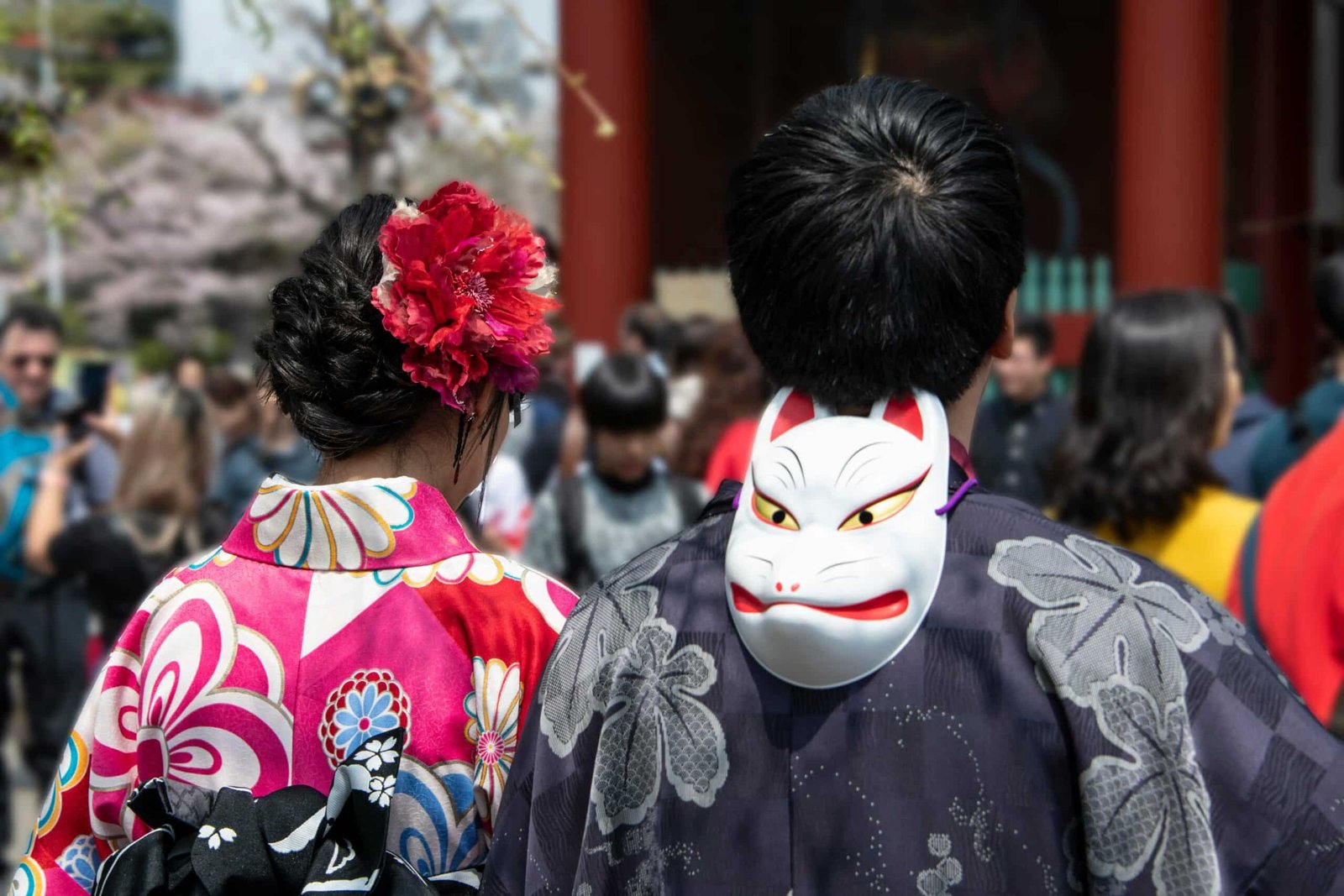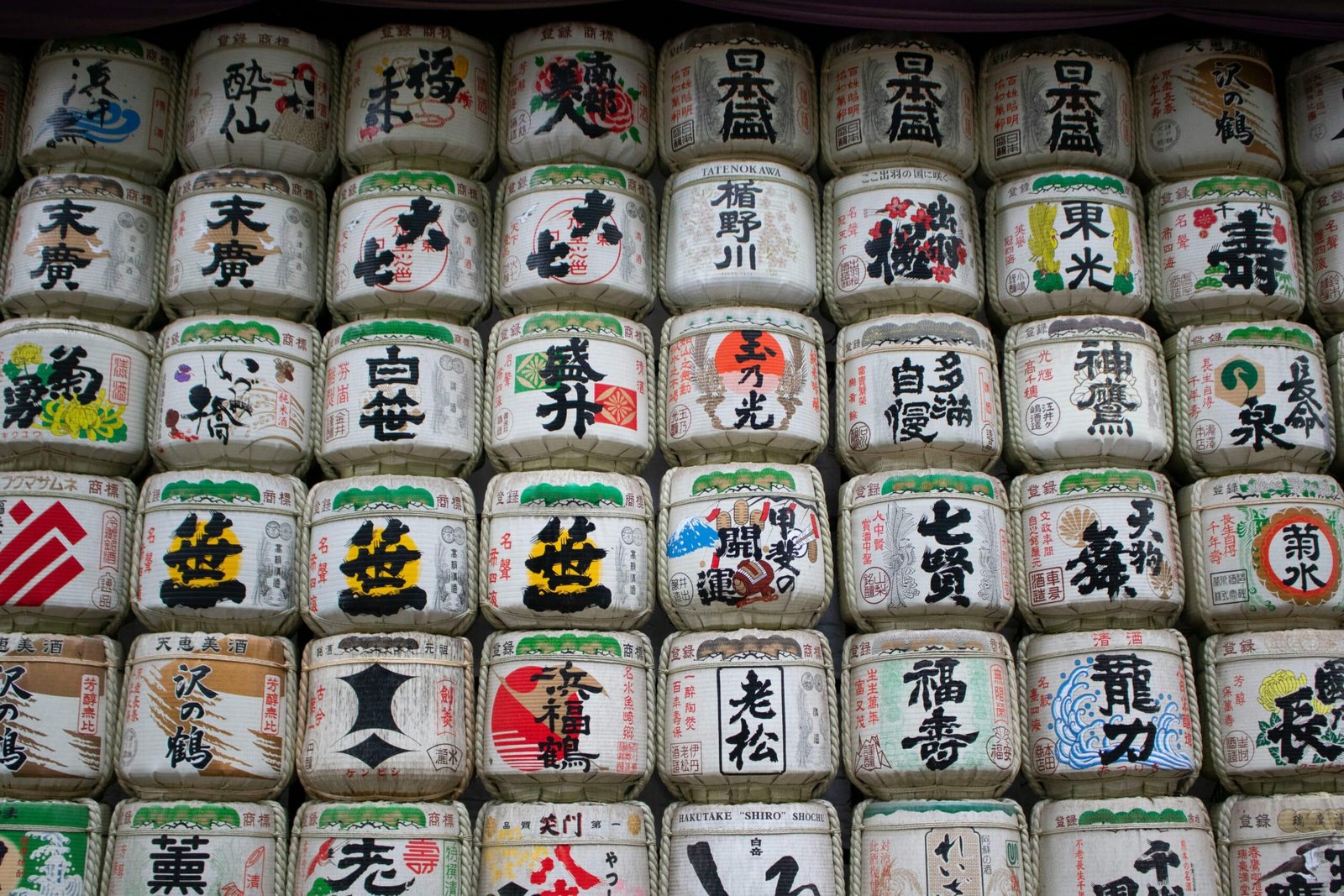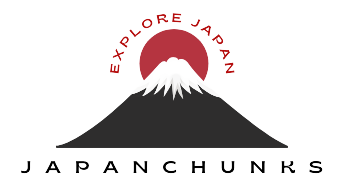What is the Obon festival?
Obon, or Bon, is a Buddhist festival celebrated annually to honour the ancestors. Their spirits are thought to stop on our earth to visit their descendants. Traditionally, food is offered at home altars, Obon dances are performed, and lights are put in front of homes to lead the spirits of the ancestors. Floating lanterns are thrown into lakes, rivers, and oceans after Obon to help the spirits return following their way. There are local differences in the customs practised in different regions of Japan.

History of Obon Festival
The Japanese Obon Festival is influenced by Buddhism’s “Ghost Festival” and China’s “Taoist Zhongyuan Festival. This Buddhist legend is based on the tale of Maha Maudgalyayana, also known as Mokuren, who used his magical powers to see his dead mother. He learned that she had gone into the Realm of Hungry Ghosts. She looked miserable. As a solution, on the fifteenth day of the seventh month, Buddha advised him to give offerings to the many Buddhist monks who had finished their summer retreat. Mokuren accomplished this and it finally resulted in his mother’s release from the suffering.
When to visit?
Obon is mostly observed from August 13 to August 16, while it is also held in a few places around the middle of July. The best time to go on an Obon trip is predicted to be in 2024 from August 10 to August 18. August 10 is predicted to be the biggest day for domestic travel as people depart from major cities, while August 17–18 is predicted to be the peak season for travellers returning to major cities of Japan.

Festival customs
Fire marks the beginning, or Mukaebi, as well as the ending of the festival.
1)Ohaka-mairi is the practice of cleaning homes and family graves before Obon.
2) Families visit the graves and leave offerings like water, flowers, or their favourite food or sake.
3) Families share food at temples and shrines.
4) Bon Odori, or bon dances are performed. Music also expresses the spiritual meaning of Obon. Locally min’yō folk songs are performed. But, the overall look of the Bon dance varies by location. The common Bon dance requires people to form a circle around a high wooden scaffold called a “yagura” built specifically for the event. The yagura is commonly used as a stand for Obon musicians and performers.
5) In a custom known as Toro Nagashi, lanterns are floated into rivers, lakes, and oceans to help spirits return to their world.
6) Families bid the spirits goodbye on the last day of Obon by guiding them back to their graves with lights.
7) Another tradition performed during the Obon in Japan is the making of a cucumber horse and eggplant cow, known as Shoryo uma or “spirit horse” and ushi uma or “cow horse”. It functions as a vehicle for the ancestors to come back to their homes and return accordingly.
Hidden gems to visit during Obon
If you want to avoid the crowd in major cities during Obon festivals, you must try these few places that are known to be the “hidden gems.
1. Gujo-Hachiman
The small town of Omori in Shimane Prefecture is not so popular among tourists during Obon festivities. It is famous for Gujo Odori summer obon dance festival. However, it is now part of the Iwami Ginzan Silver Mine UNESCO World Heritage site. It is located from one of the mine entrances and goes down a river valley. It’s lined with traditional houses, stores, cafés, temples, and shrines. Omori resembles the towns of Narai-juku and Tsumago-juku in the Kiso Valley, yet it has far fewer tourists.
2. Castle Town of Gujo-Hachiman
This riverbank village in Gifu Prefecture is a must-add to the bucket list of places to visit. Gujo-Hachiman has become popular for its lovely rivers and its well-known summer obon dance festival, the Gujo Odori. It is an excellent hidden gem. Furthermore, the neighborhood is close to Nagoya, making it efficient. This makes it an easy add-on for those wishing to get off the main route and discover a side of Japan that many visitors miss.
3. Yakushima Island
Yakushima is a subtropical island located off Kyushu’s southern coast and is part of Kagoshima Prefecture. It is surrounded by a vast cedar forest, which includes some of Japan’s oldest living trees. Trees exceeding 1000 years old are lovingly known as Yakusugi, and the oldest of these can be over 7000 years old. It becomes an off-beat spot for travellers during the Obon festival.
4. Gotokuji Temple
Gotokuji Temple, in Tokyo’s Setagaya district, is a Buddhist temple said to be the birthplace of the maneki-neko, or “luck-inviting cat figurine.” These little statues of cats sitting up and waving with their front paw have become quite famous among cat lovers all around the world. Gotokuji Temple specializes in the right-pawed form of this lucky emblem. During Odon, this is a calm spot to admire lanterns.
5. Kanazawa
Kanazawa, popularly known as ” little Kyoto” is in Ishikawa Prefecture’s capital. It is located on Honshu, the main island. The Hokoriku Shinkansen can be traveled directly from Tokyo in approximately two hours, giving you a break to experience Mount Asama and the beautiful scenery of Nagano along your way. Because of its similarity to the imperial capital, Kyoto, it is one of Japan’s undiscovered gems. It offers one of the most beautiful gardens in the country, geisha and samurai districts, and fantastic foods like shellfish and tsukemono. Kanazawa gives a great flavor of traditional Japan away from popular tourist destinations.

[…] like hashtags, shares, likes, and online research activity. In 2024 anime has become, more like a cultural phenomenon that originated in Japan, this one series that stands out above the rest right now, is none other than Jujutsu Kaisen. Since […]